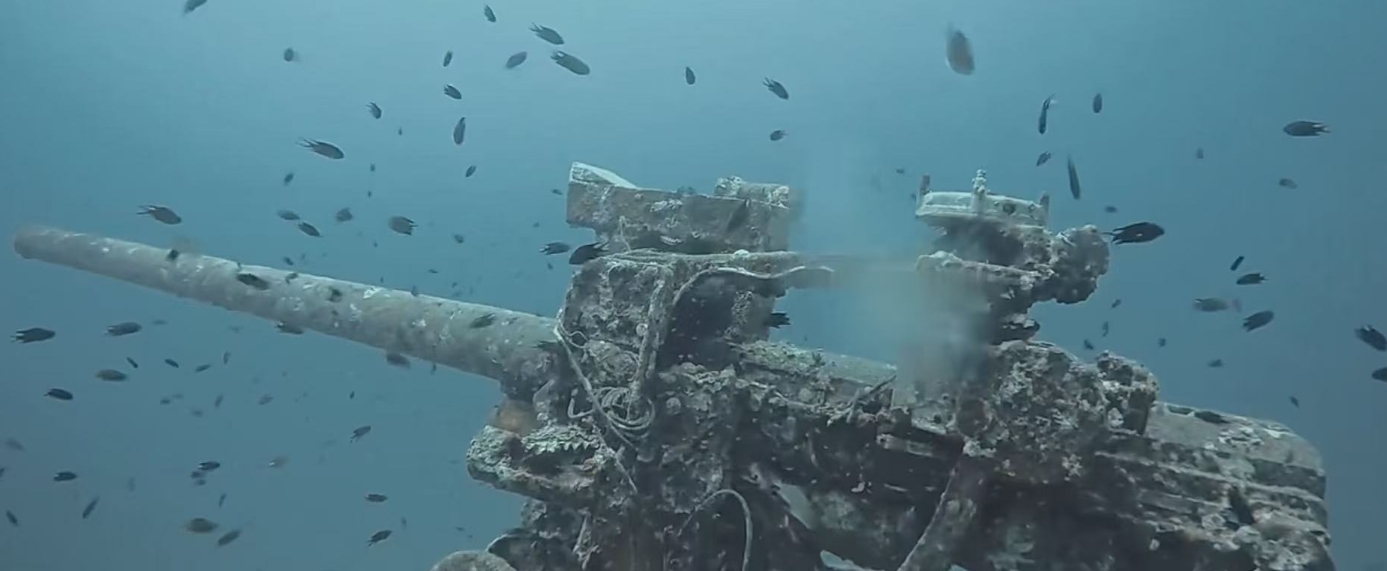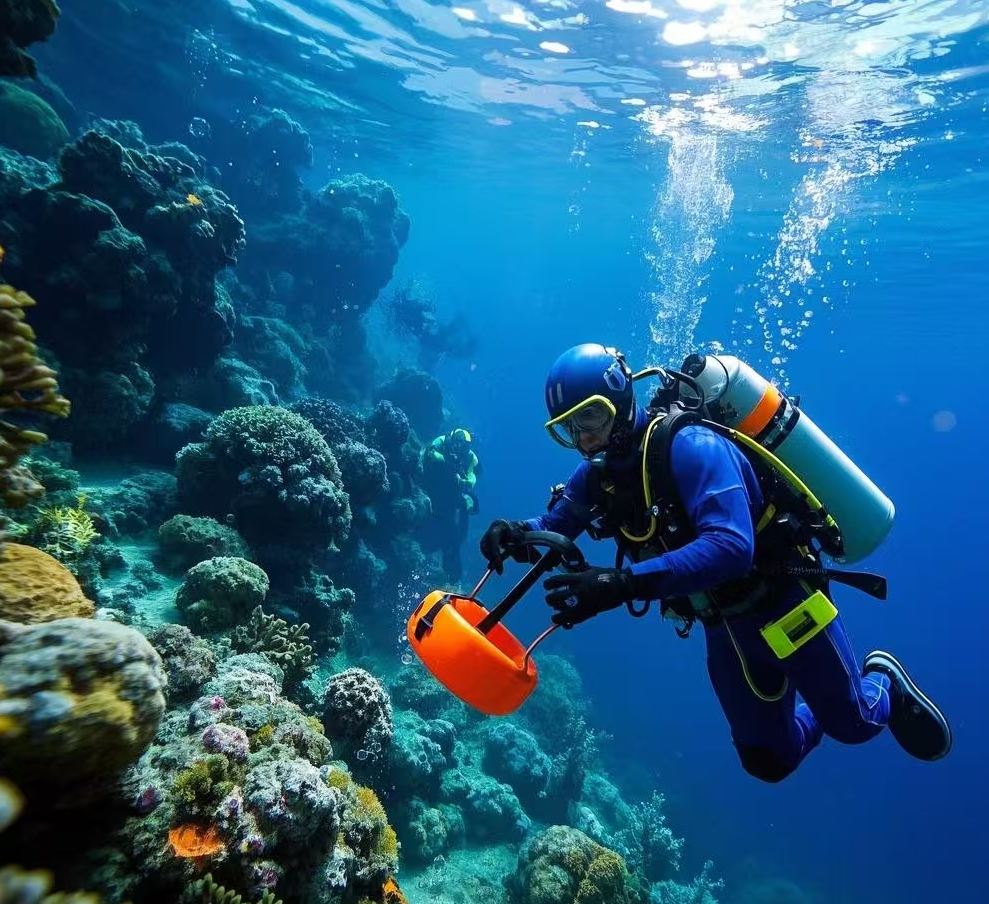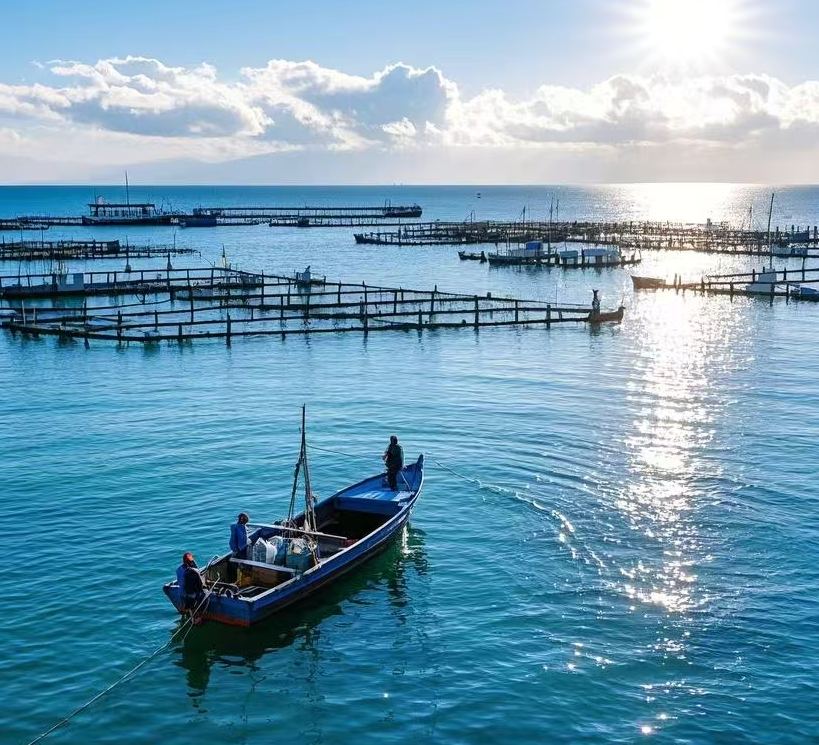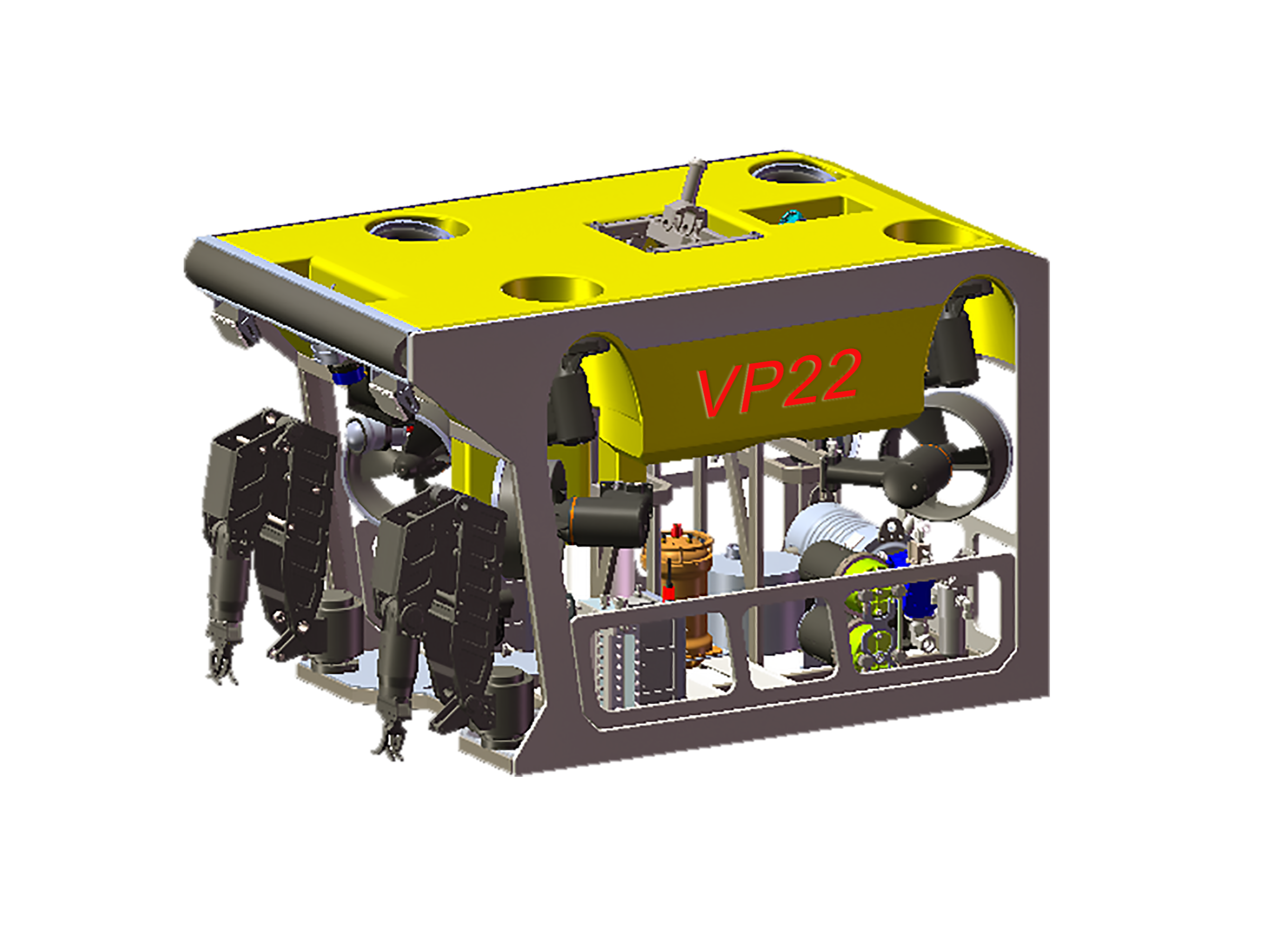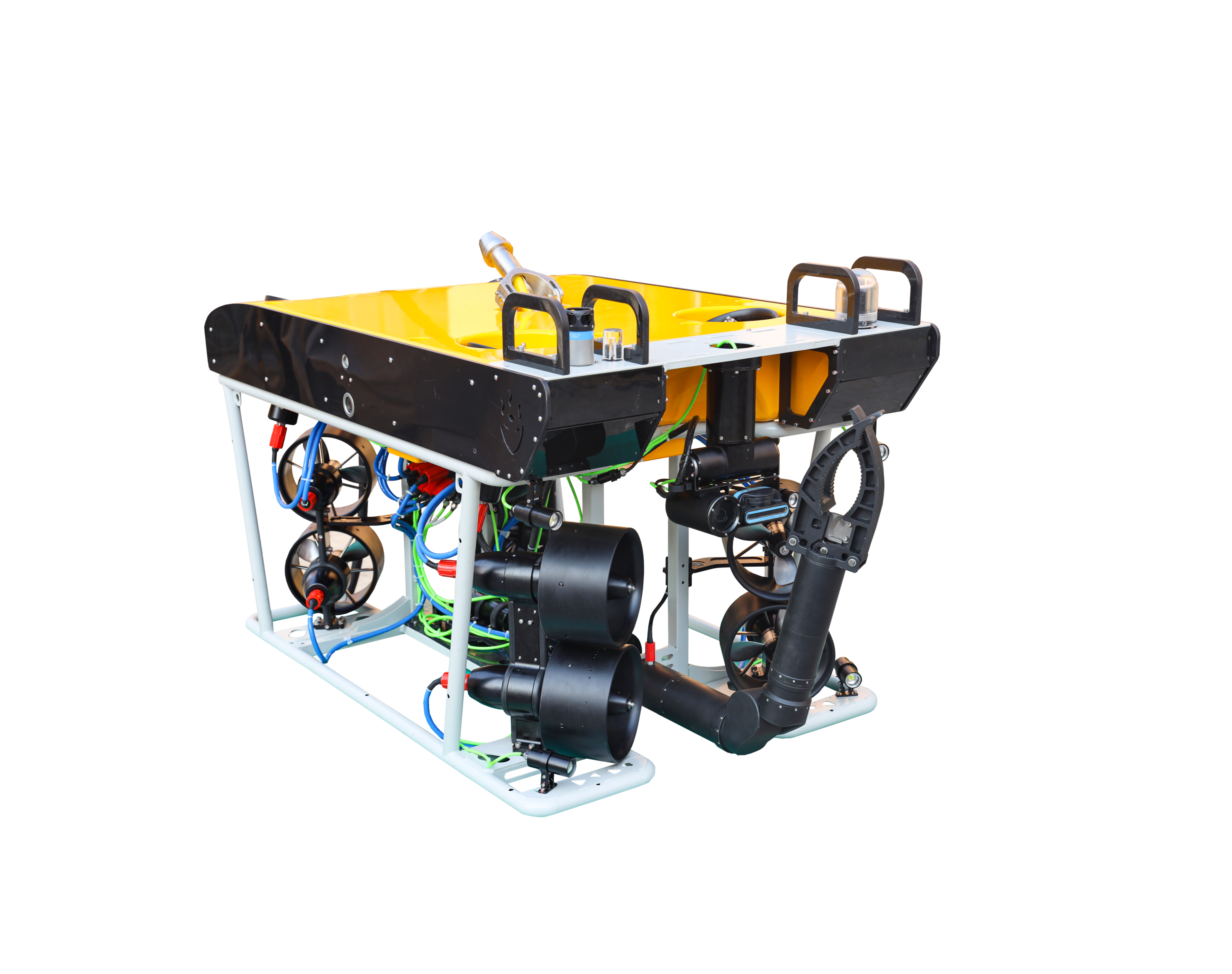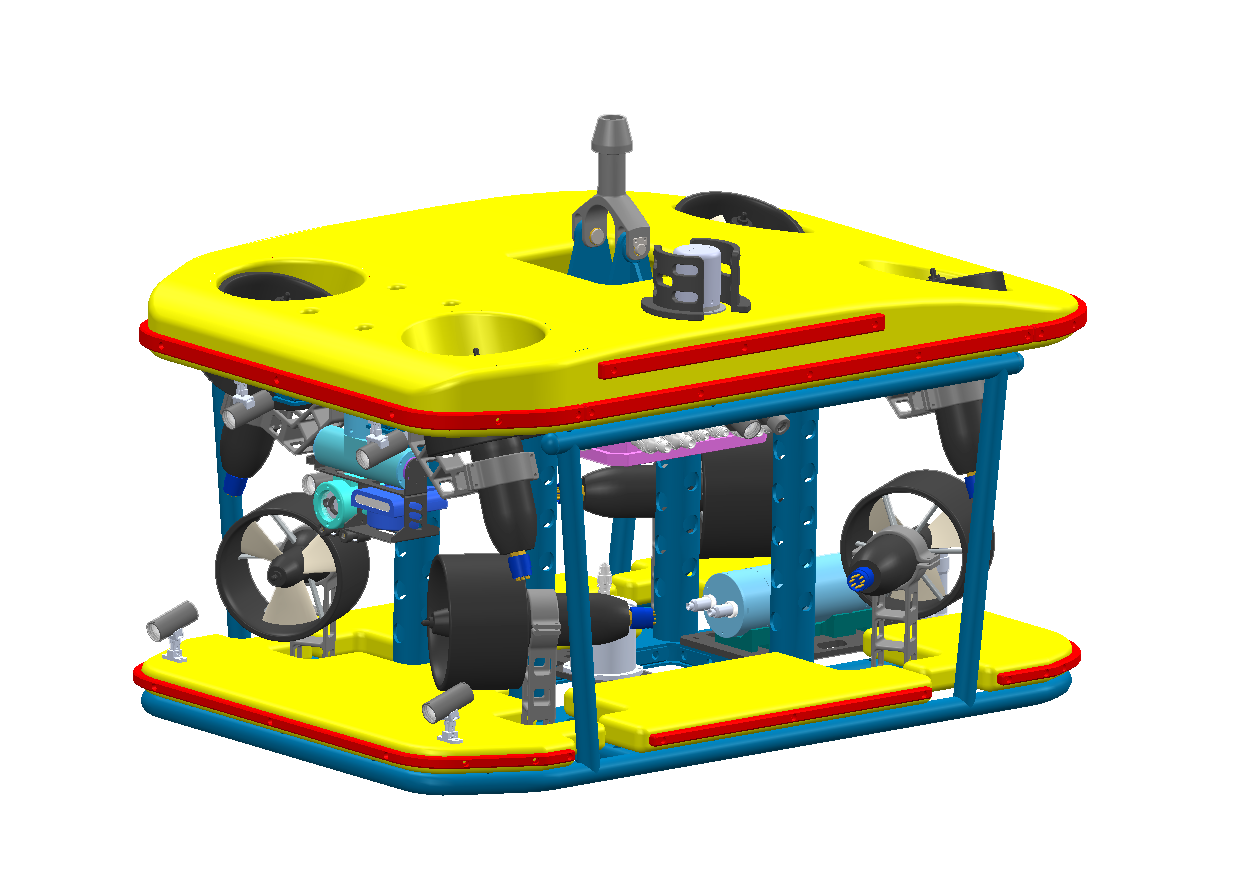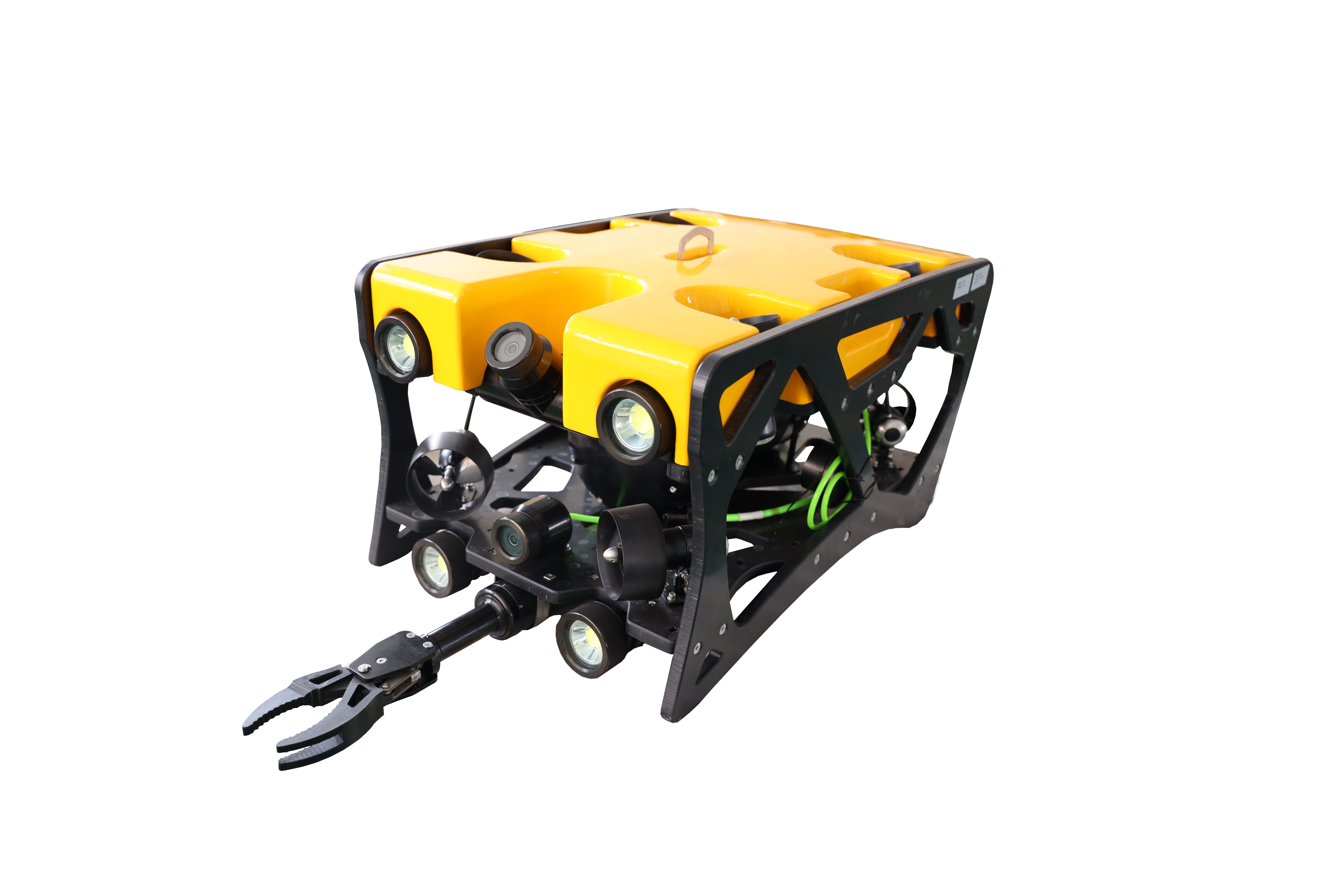Underwater Measurement & Monitoring Overview & Applications
Underwater measurement and monitoring technologies utilize a range of advanced equipment and sensors to monitor and collect real-time data from underwater environments. These devices include sonar, laser scanners, underwater cameras, and various underwater sensors, which can effectively detect underwater terrain, object conditions, and water quality parameters. As technology progresses, the accuracy and reliability of these devices have continually improved, enabling long-term, continuous monitoring in deeper and more complex underwater environments.
The core advantage of underwater measurement and monitoring lies in its ability to provide high-precision real-time data, which is crucial for various fields such as marine engineering, resource exploration, and ecological conservation. For example, in seabed resource development, underwater monitoring helps assess the operational environment in real-time to ensure safety. In underwater archaeology and site exploration, it can accurately measure the location and condition of shipwrecks and historical sites, providing reliable support for cultural heritage protection.
Moreover, the application of underwater measurement and monitoring technology extends to environmental protection and disaster monitoring. By conducting real-time monitoring of water bodies, it is possible to detect underwater geological hazards, pollution sources, and ecological damage, providing scientific data for decision-makers to take timely and effective measures. With continuous advancements in technology, underwater monitoring systems will become more intelligent and automated, greatly enhancing the efficiency of marine scientific research and underwater engineering operations.

